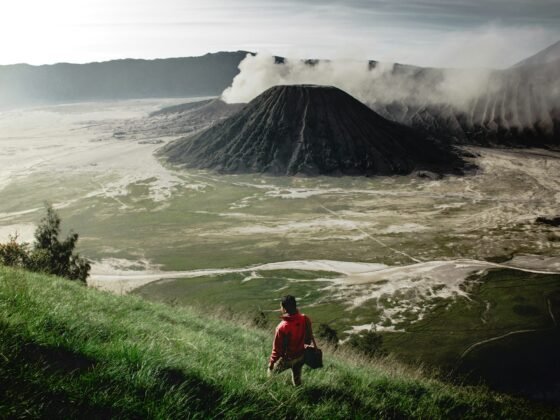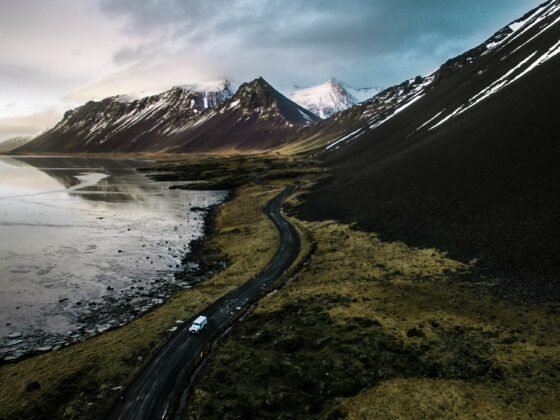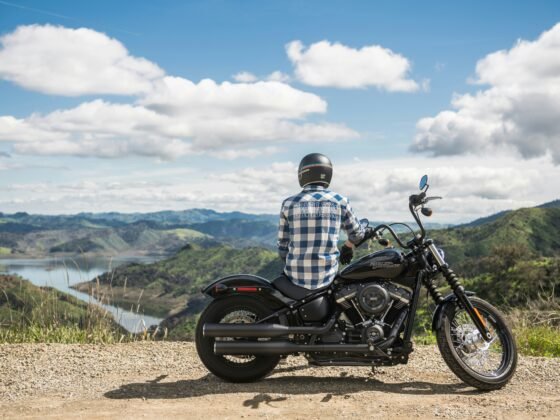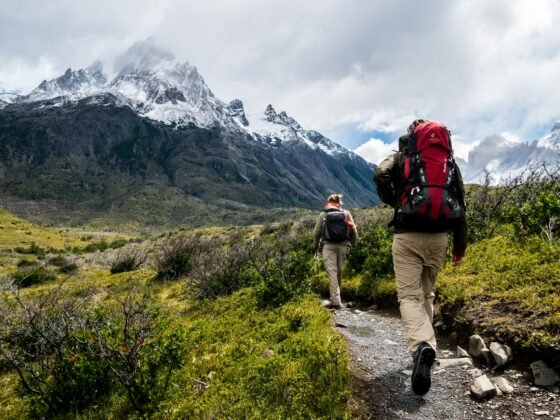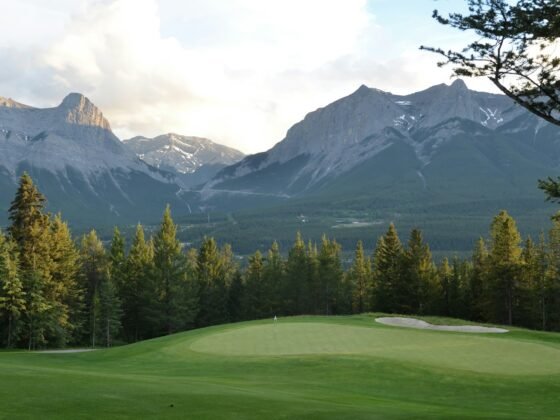
Navigating frozen terrain can be an exhilarating adventure, offering unparalleled views of icy landscapes. However, to enjoy these breathtaking sights, it’s important to be well-prepared and understand how to manage the challenges posed by these hostile weather conditions.
In this article, we will guide you through the essentials of hiking and climbing in frozen terrain. These tips will help you navigate the frozen wilderness confidently and stay warm and protected throughout your adventure.
Layering Techniques for Cold-Weather Hiking
To stay warm and comfortable during cold-weather hiking, you should layer your clothing with a base layer, mid layer, and shell layer.
The base layer, worn next to your skin, helps to wick away moisture and keep you dry. It should be made of a synthetic material or merino wool, as cotton retains moisture and takes a long time to dry.
The mid layer provides insulation and helps to trap heat. Fleece jackets or down vests are good options for this layer.
Finally, the shell layer acts as a barrier against wind, rain, and snow. It should be waterproof and breathable to keep you protected from the elements.
Remember to adjust your layers as needed to regulate your body temperature and stay comfortable throughout your hike.
Essential Gear and Accessories for Frozen Terrain
When exploring icy landscapes, it’s important to be prepared with the right gear. Here are some essential items to consider:
- Insulated waterproof boots to keep your feet warm and dry
- Thermal base layers to trap heat close to your body
- Sunglasses and ski or snowboard goggles to protect the eyes from the wind and sun
- A sturdy backpack with ample space for extra layers and supplies
- Headlamp with fresh batteries to prepare to hike in the dark
- At least three pairs of warm socks and hand and toe warmers to provide additional warmth in extreme cold
Having these items will help you stay comfortable and safe while hiking in frozen terrain.
Remember to layer your clothing, covering exposed skin to prevent frostbite, and always carry the Ten Essentials for emergency situations.
Source
Tips for Food and Hydration in Frozen Terrain
When hiking in frozen terrain, it’s essential to maintain your body’s heat source by consuming food and water at regular intervals. Opt for foods that are less likely to freeze, like candy bars and nuts, as they’ll provide you with the necessary energy.
Additionally, it’s important to prevent your hydration reservoir from freezing by sipping often and blowing back into the tube. If the temperature is extremely cold, consider using water bottles instead.
Lastly, packing warm drinks, such as hot tea or hot chocolate, can help keep you comfortable and hydrated during your hike. Remember to prioritize your food and hydration needs to ensure a safe and enjoyable experience in frozen terrain.
Understanding and Managing Hypothermia
Make sure you understand the signs of hypothermia and take it seriously if you experience any of the symptoms. Hypothermia occurs when your body’s temperature drops below normal and it can be life-threatening.
Here are some things to keep in mind:
- Pay attention to the signs of mild hypothermia, such as shivering, slow thinking, and confusion.
- Be aware of the signs of moderate hypothermia, including intense shivering and changes in coordination and mental status.
- Take note of the signs of severe hypothermia, like the stopping of shivering, further deterioration of mental status, and undetectable pulse.
If you or someone you’re with shows signs of hypothermia, it’s important to:
- Change the environment, get indoors or away from cold stress.
- Swap wet clothing for dry clothes.
- Provide insulation.
- Give water and food for energy.
Expert Advice for Hiking and Climbing in Frozen Terrain
Are you ready to tackle the challenges of hiking and climbing in frozen terrain? Once you have the essentials like food, gear, and accessories covered, make sure to prioritize acquiring technical knowledge.
Taking a winter mountaineering course, especially if you’re a beginner, is crucial for hiking and climbing in frozen terrain. Understanding the intricacies of frozen terrain is crucial for your safety.
So, take the time to learn about winter navigation, avalanche safety, proper snow travel techniques, and ice climbing. Equipping yourself with this knowledge will make your adventure safer and more enjoyable.
Final Takeaway
No outdoor adventure comes without risks, and exploring treacherous frozen terrain is no exception. But with the right preparation, knowledge, and gear, you can mitigate these risks and focus on appreciating the stunning beauty that winter landscapes offer.
Remember to always prioritize your safety, layer up to stay warm, carry the right supplies, stay hydrated, and recognize the signs of hypothermia.
Finally, invest some time in learning the ins and outs of winter navigation and avalanche safety. With these tips in mind, you are now ready for an epic frozen terrain adventure.
FAQs
Q: What kind of gloves are best for cold-weather hiking?
Choose gloves that are insulated, waterproof, and breathable to ensure optimum warmth and comfort.
Q: How can I prevent frostbite while hiking in frozen terrain?
Always cover exposed skin, especially your face, with a scarf or balaclava. Use hand and toe warmers, and ensure your footwear and gloves are warm enough.
Q: What should I do if I’m lost in frozen terrain?
Try to stay calm, find shelter, and use your communication devices to call for help. Always carry a navigation tool like a compass or GPS device.
Q: How do I identify the risks of an avalanche?
Look for signs such as heavy snowfall, strong winds, warming temperatures, and cracks in the snowpack. It’s recommended to take an avalanche safety course.
Q: What is the ideal pace for hiking in cold weather?
Maintain a steady pace that allows you to stay warm without sweating, as sweating can dampen your clothing and make you feel colder.



